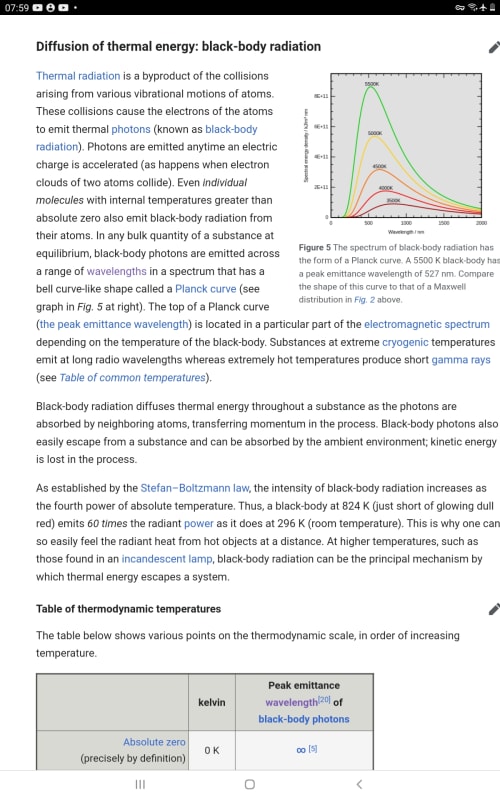Hi,
I have a problem at work that is similar to estimating the temperture of the glass on an incandescent light bulb. The glass(quartz) is heated(P1) uniformly by some resistivity filament(T1=1700 deg-C) some distance away in vacuum, but cooled from the other side by natural convection, this(IR light bulb) is used to heat a sample material in the open air oven.
How would I estimate(rough) the temperture of the quartz? Quartz's emissivity is listed as 0.93, so seems I can apply the Stefan-Boltzmann Law P = ε’σ(T1^4-T2^4) to find the temperture of the glass(T2)? and how would I estimate how much heat(or temp) my sample will see from the Transmitted radiation? How would I account for the transmission of infrared radiation, Quart supposedly being very efficient for the transmission of infrared radiation in the some Short-wave infrared (SWIR) range?
I have a problem at work that is similar to estimating the temperture of the glass on an incandescent light bulb. The glass(quartz) is heated(P1) uniformly by some resistivity filament(T1=1700 deg-C) some distance away in vacuum, but cooled from the other side by natural convection, this(IR light bulb) is used to heat a sample material in the open air oven.
How would I estimate(rough) the temperture of the quartz? Quartz's emissivity is listed as 0.93, so seems I can apply the Stefan-Boltzmann Law P = ε’σ(T1^4-T2^4) to find the temperture of the glass(T2)? and how would I estimate how much heat(or temp) my sample will see from the Transmitted radiation? How would I account for the transmission of infrared radiation, Quart supposedly being very efficient for the transmission of infrared radiation in the some Short-wave infrared (SWIR) range?

